
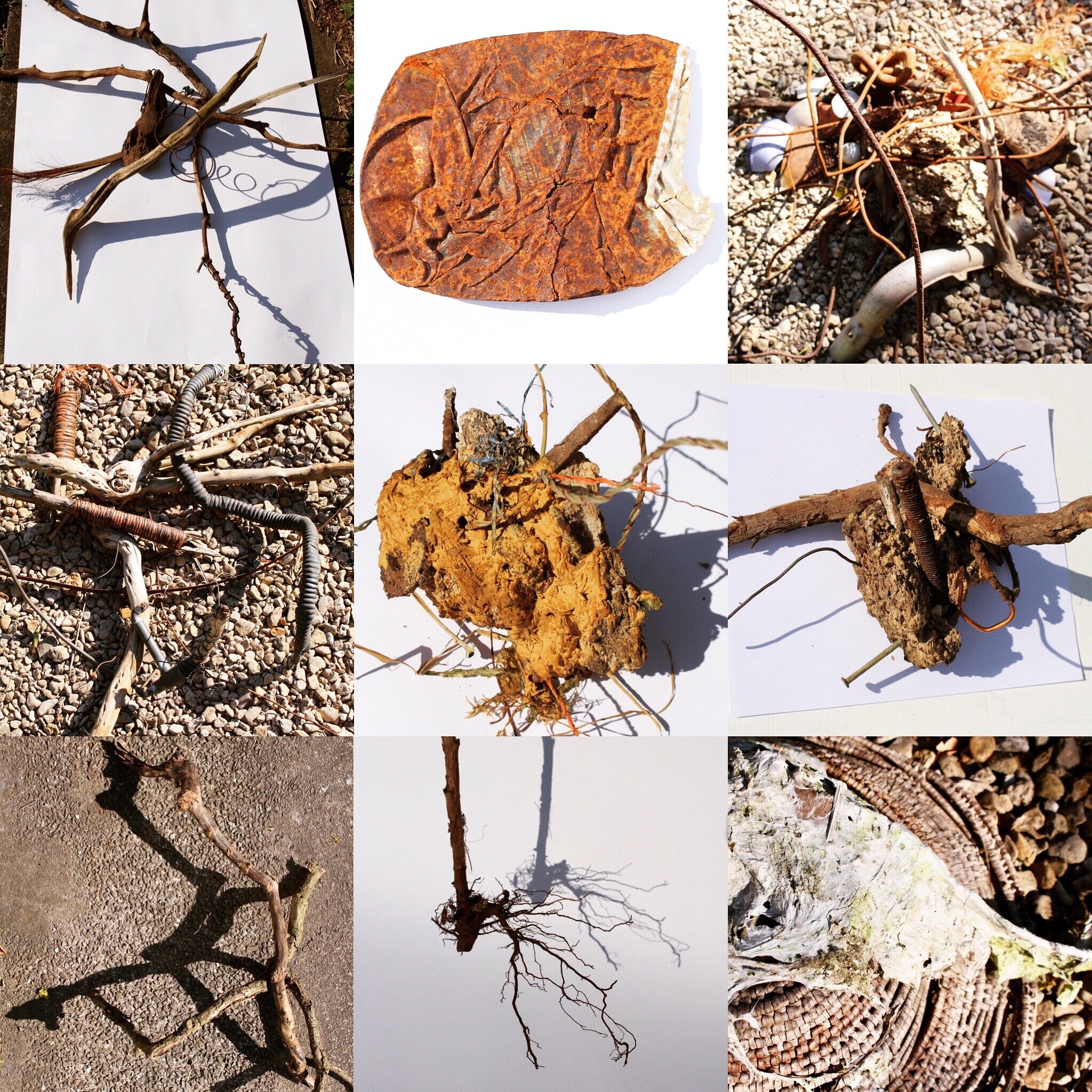
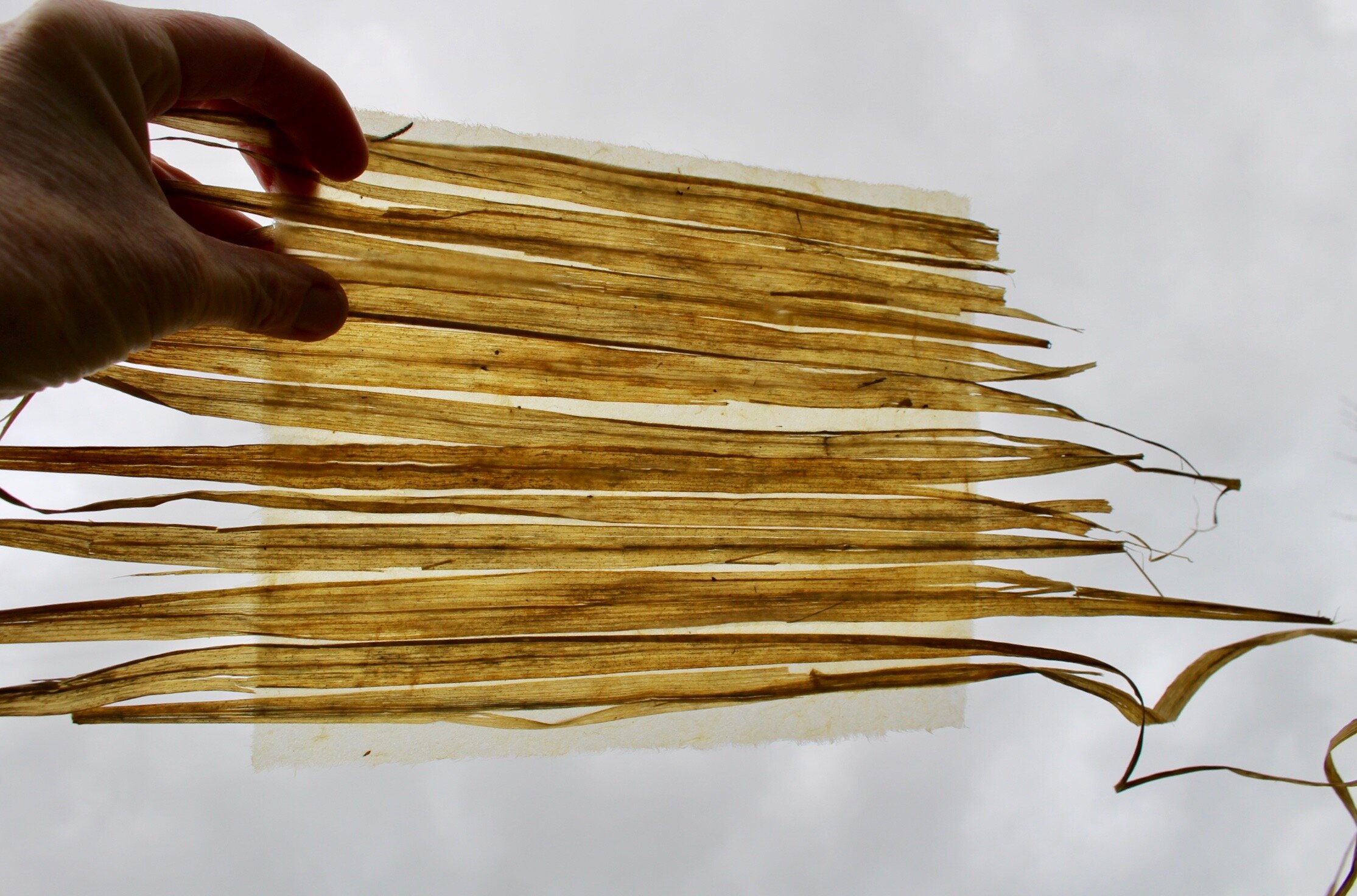
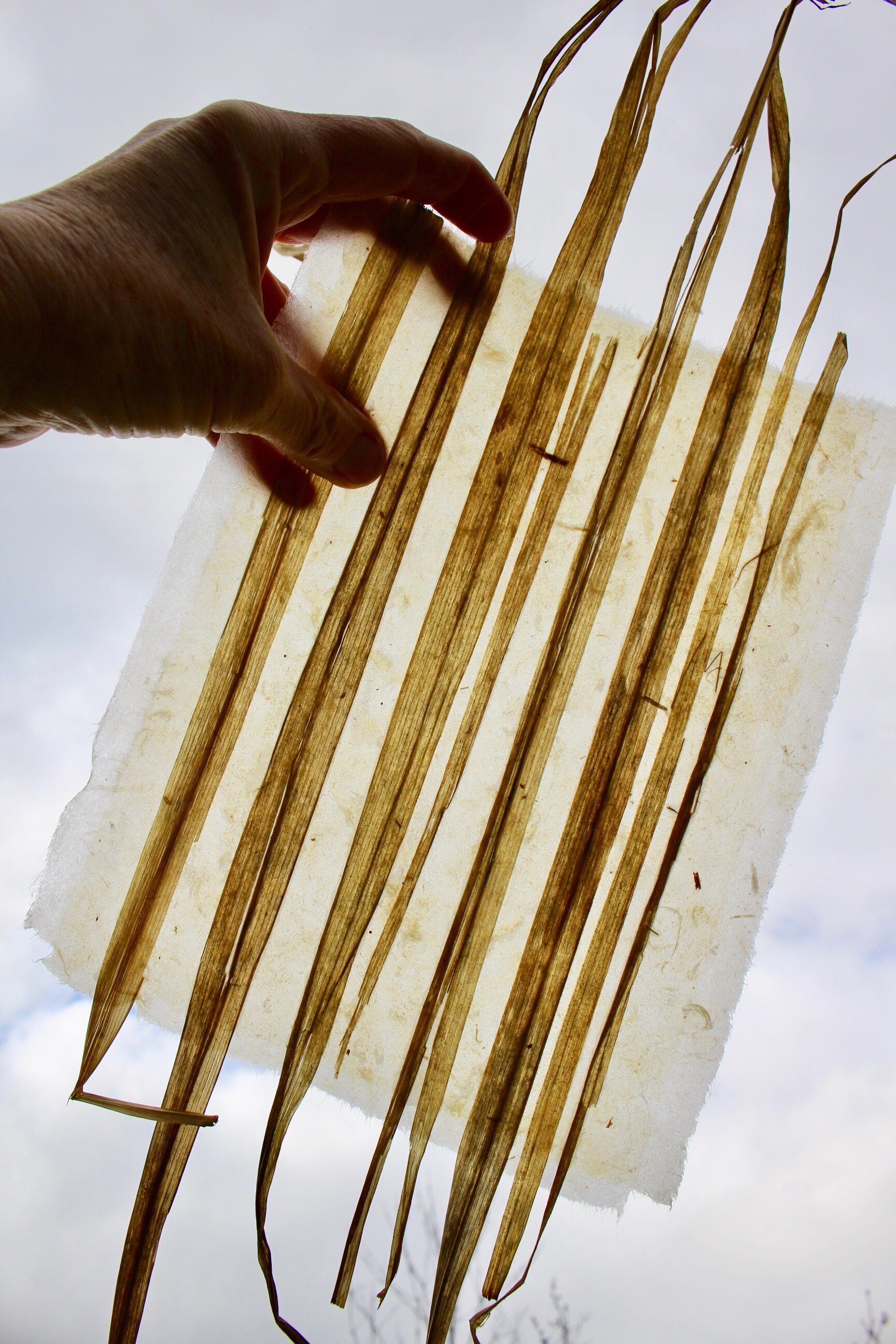
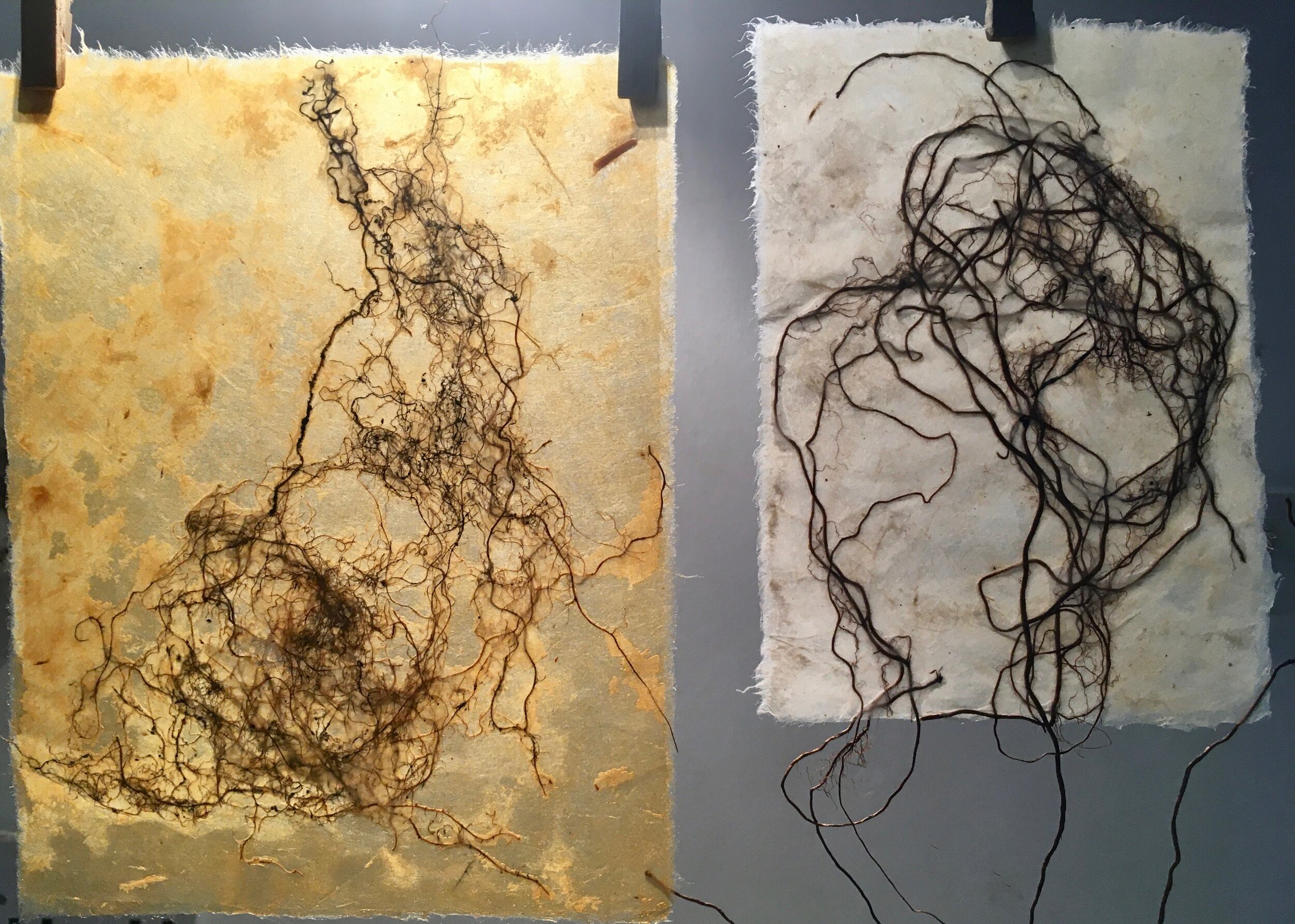
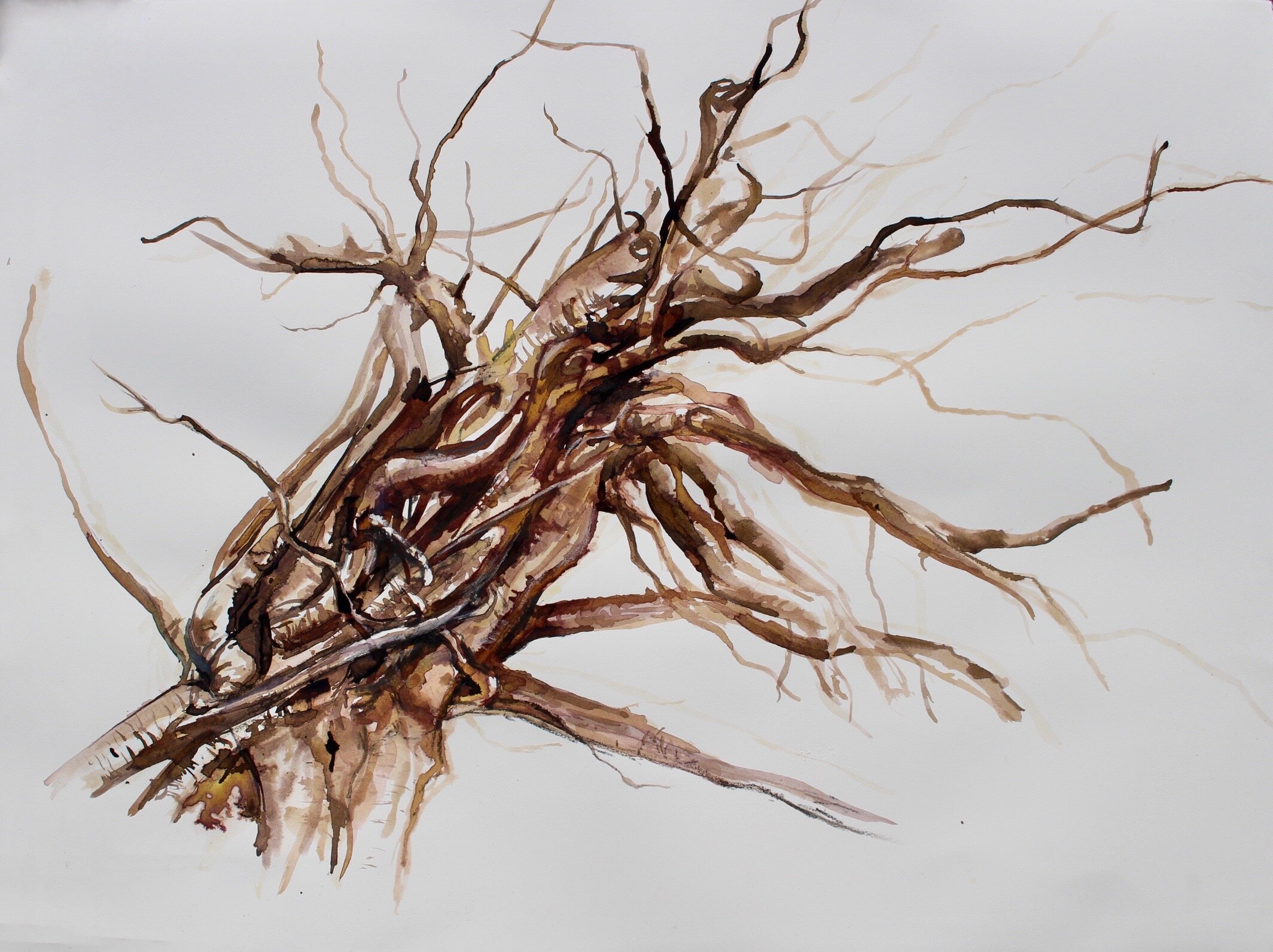
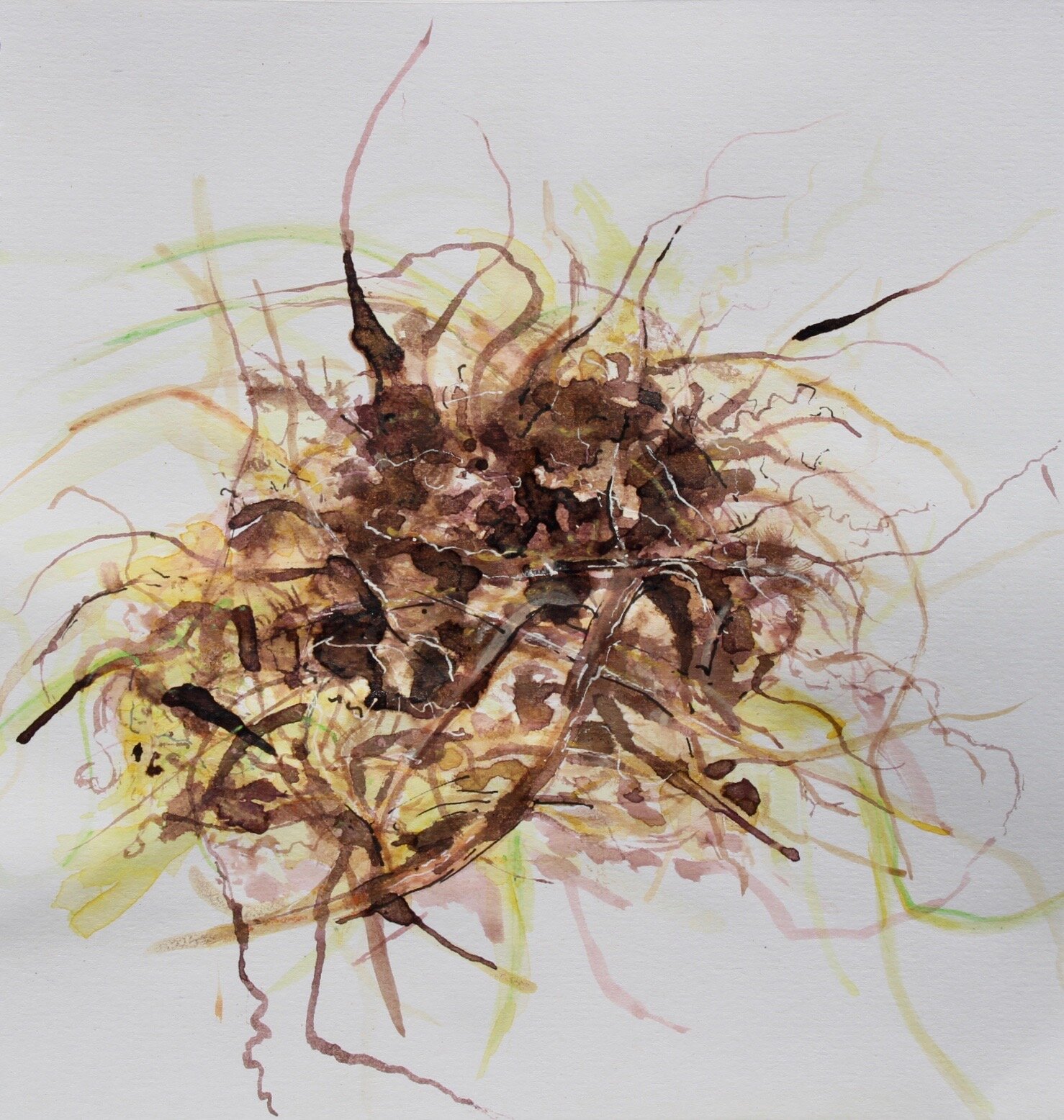


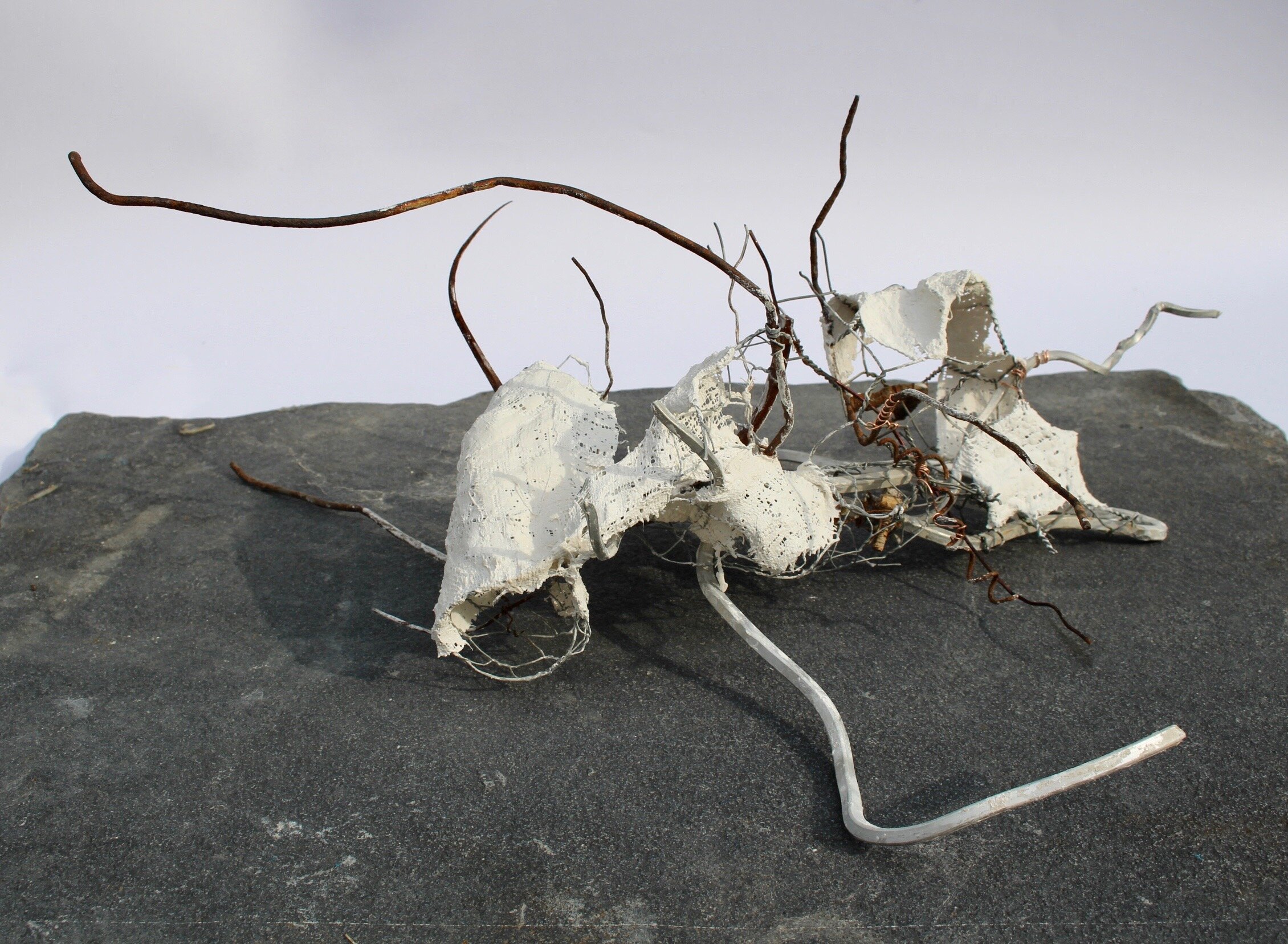
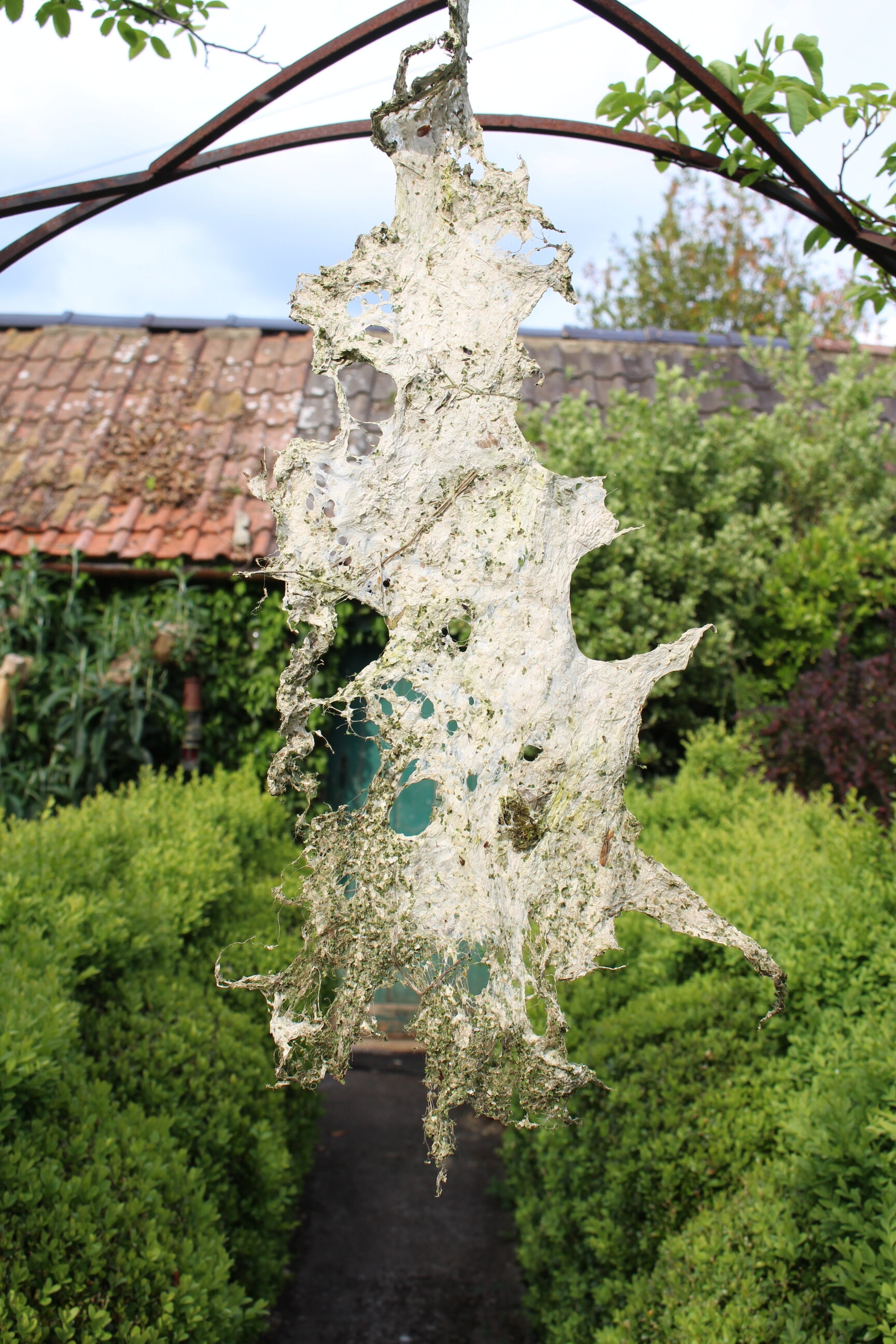
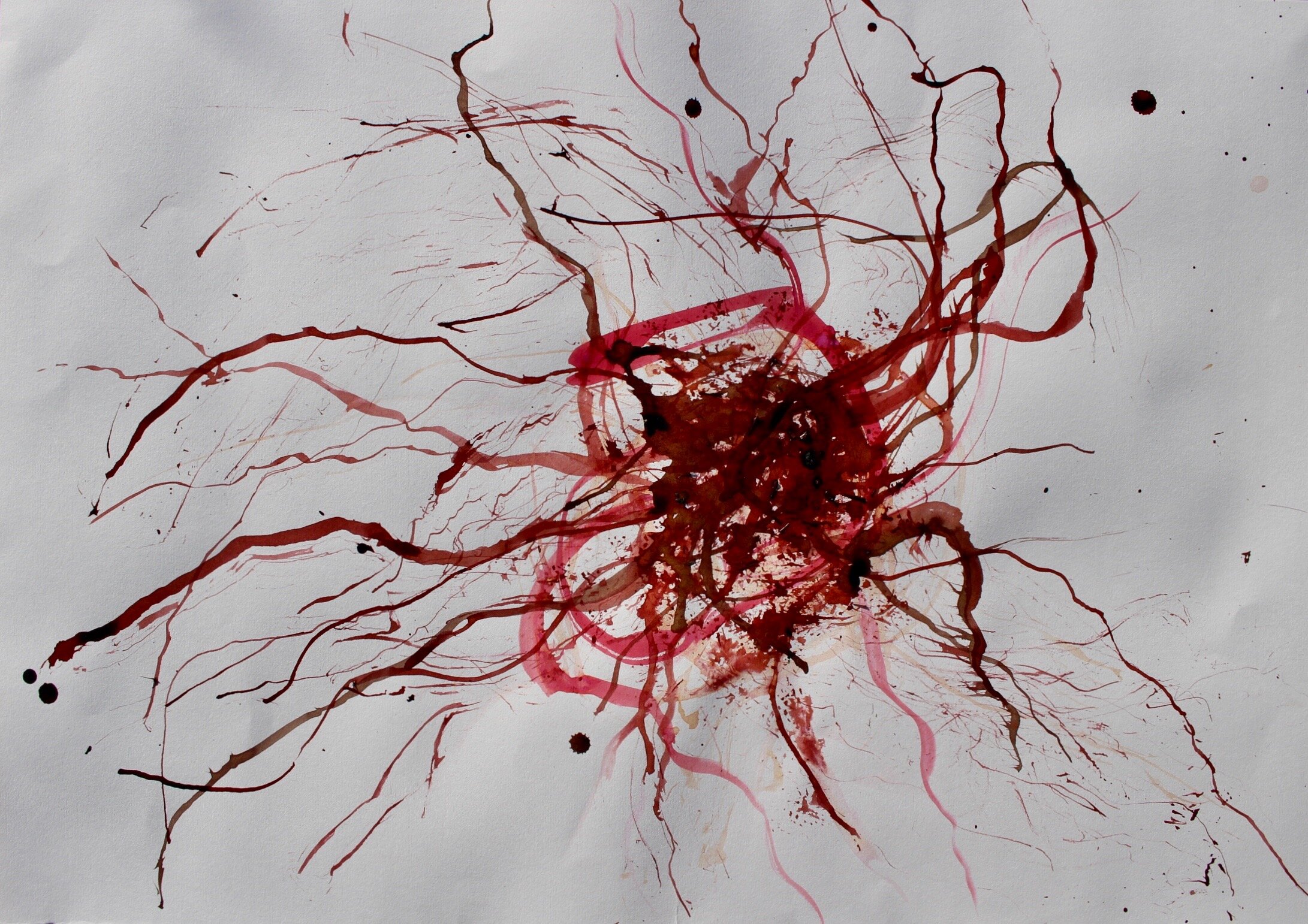
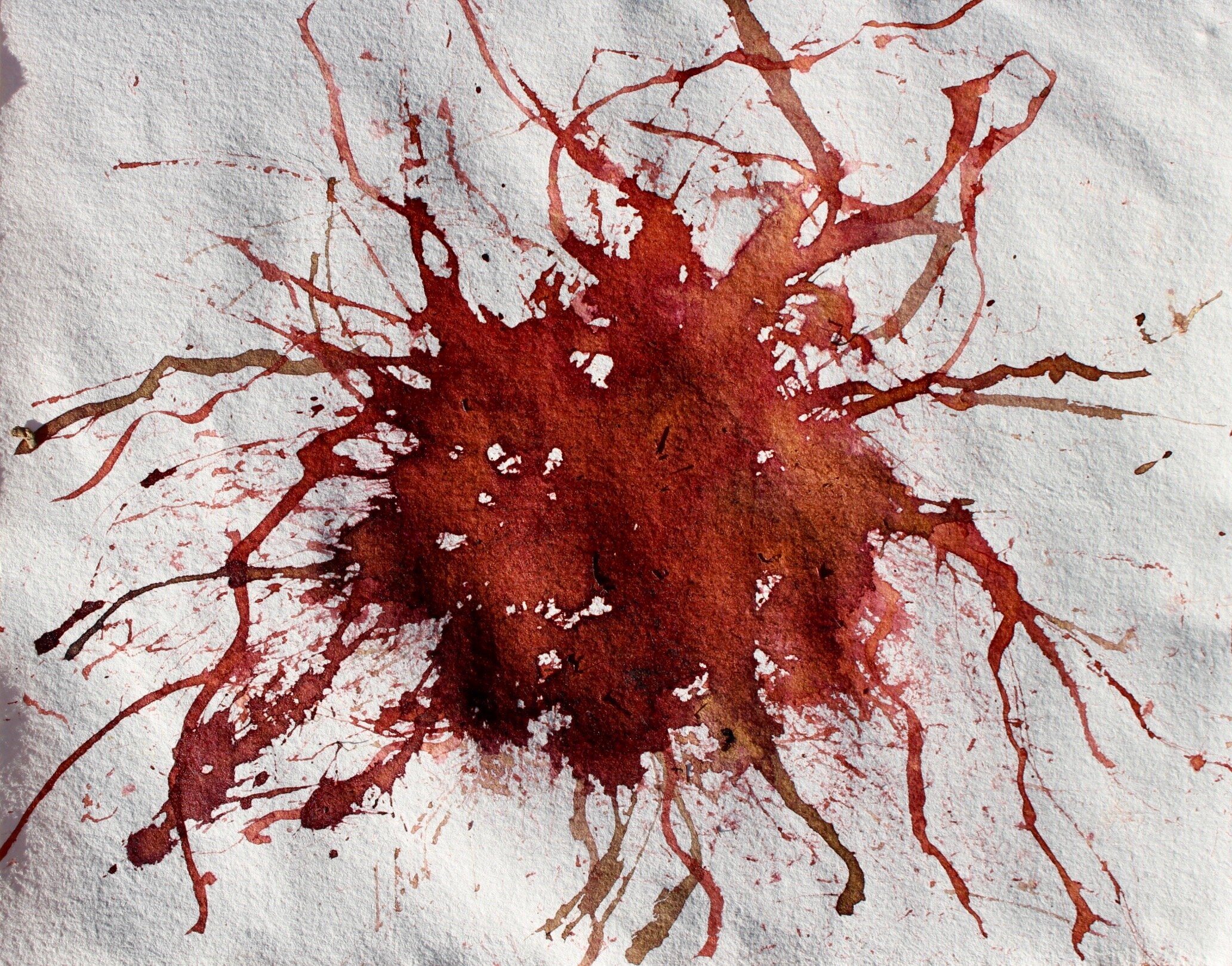
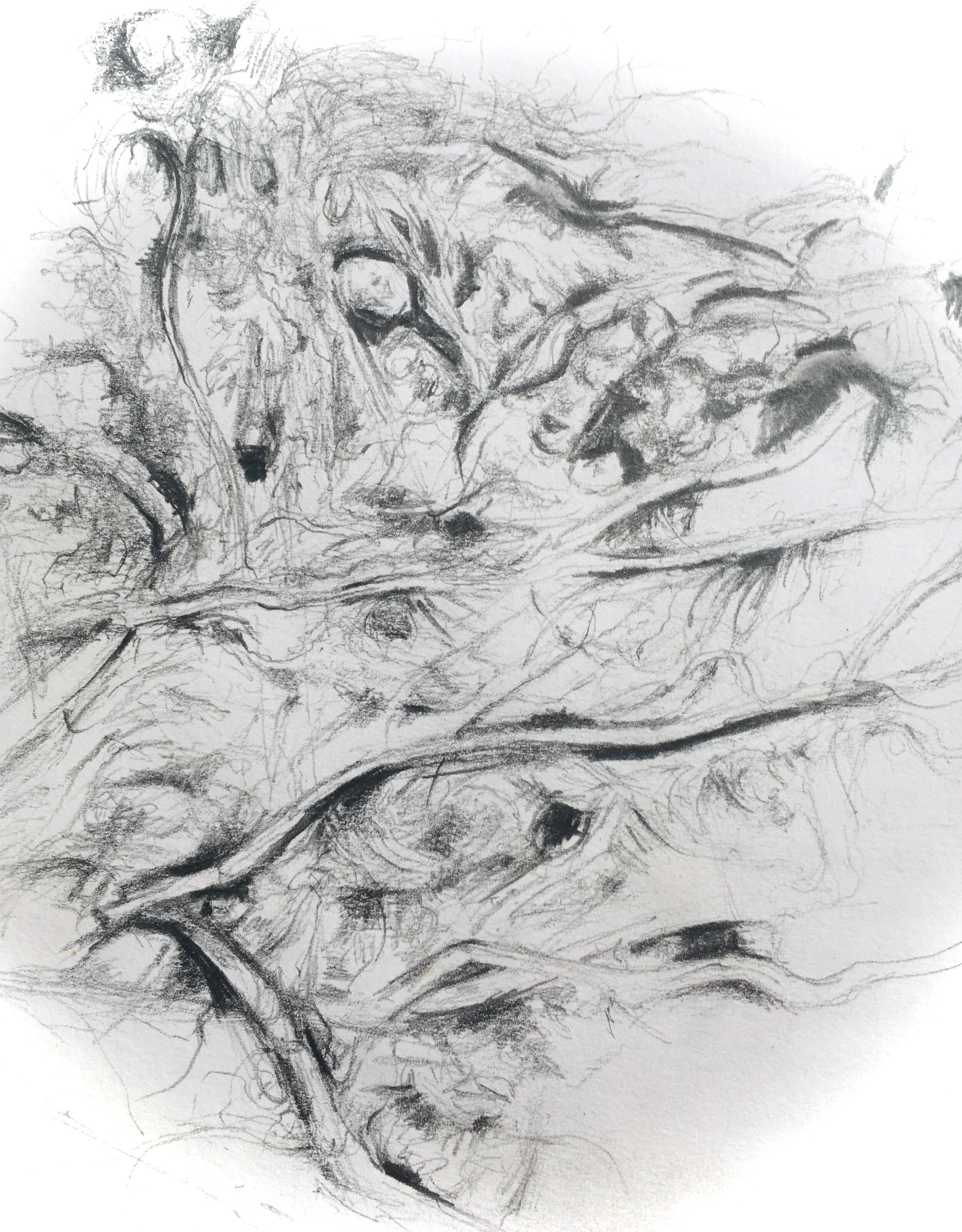
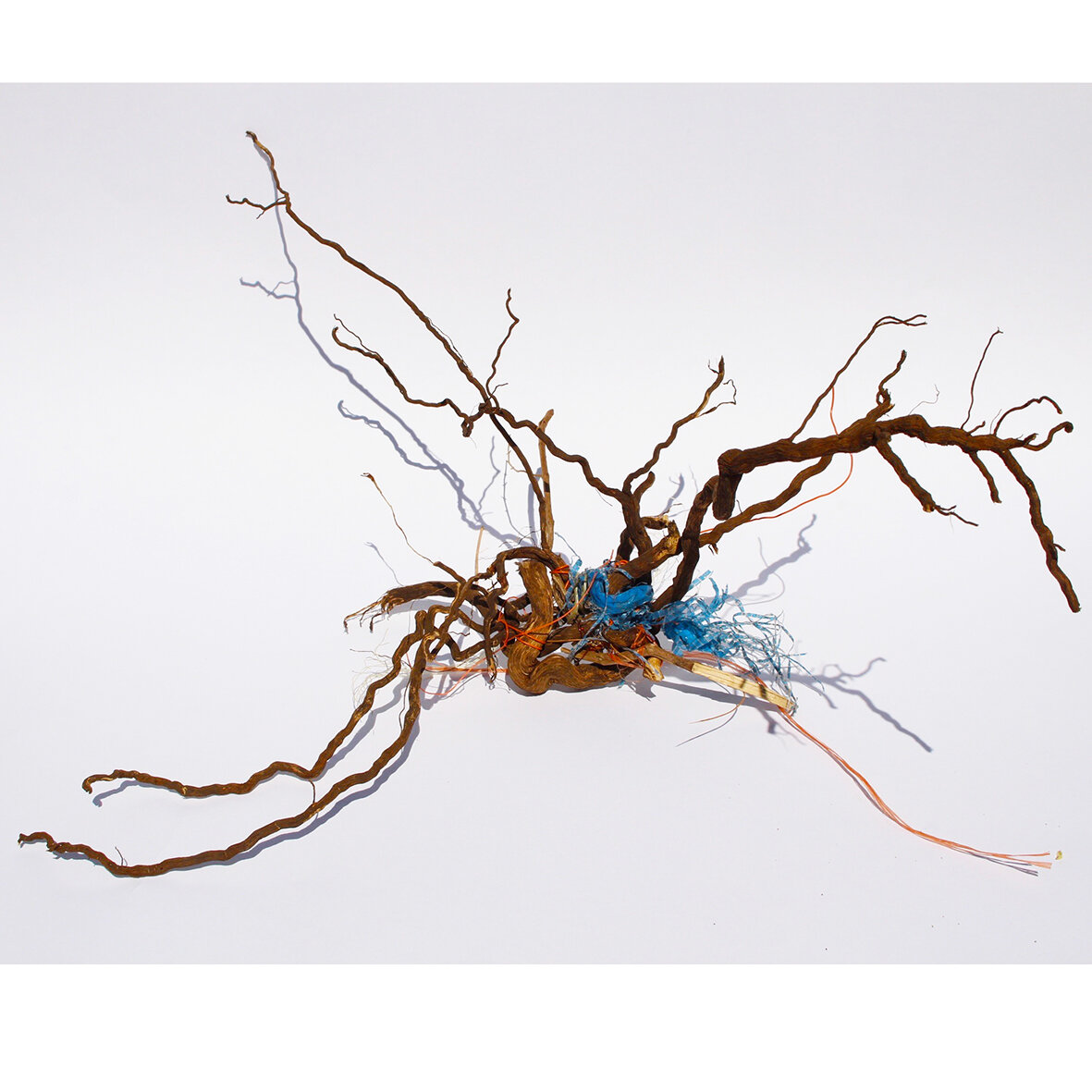

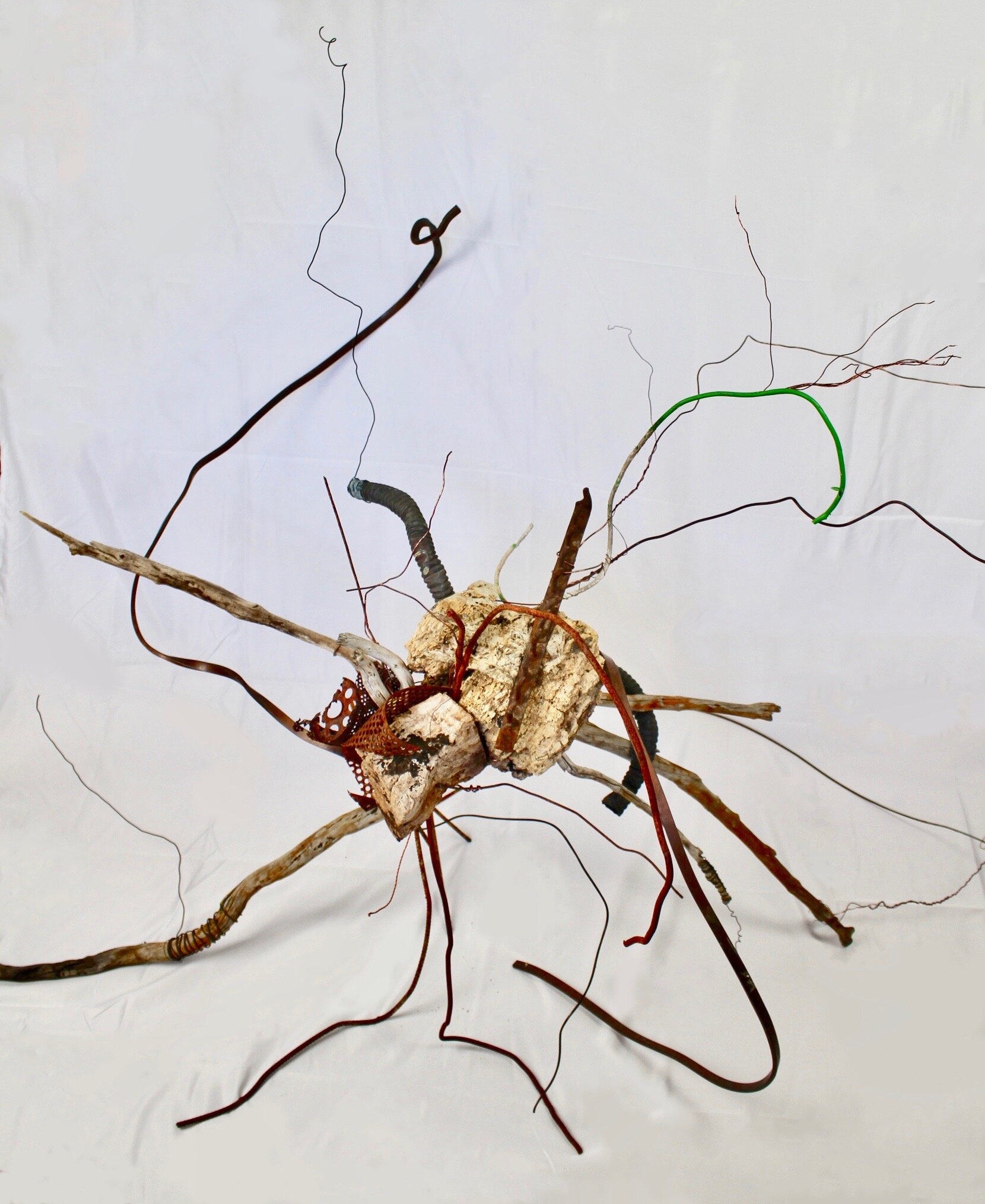
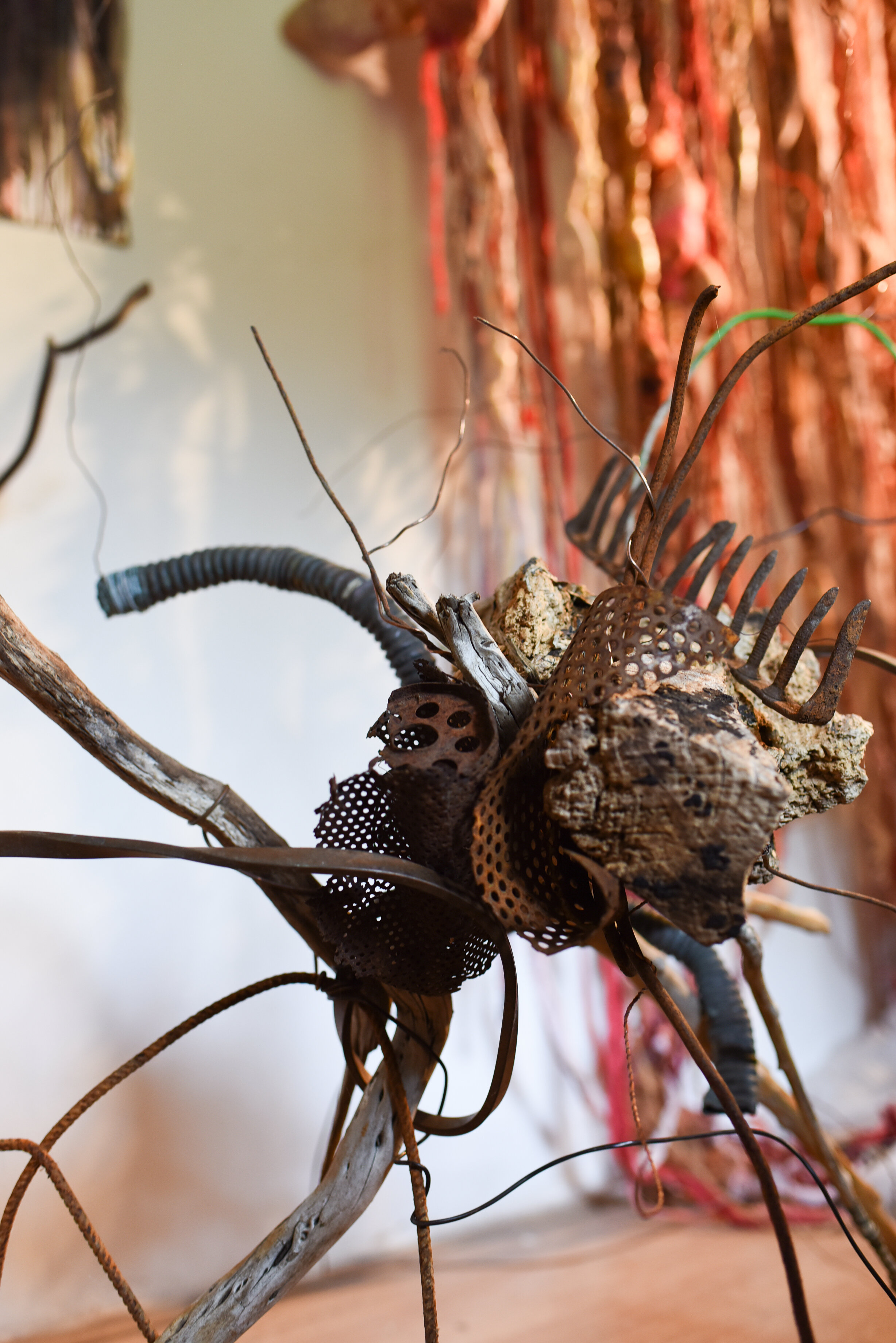
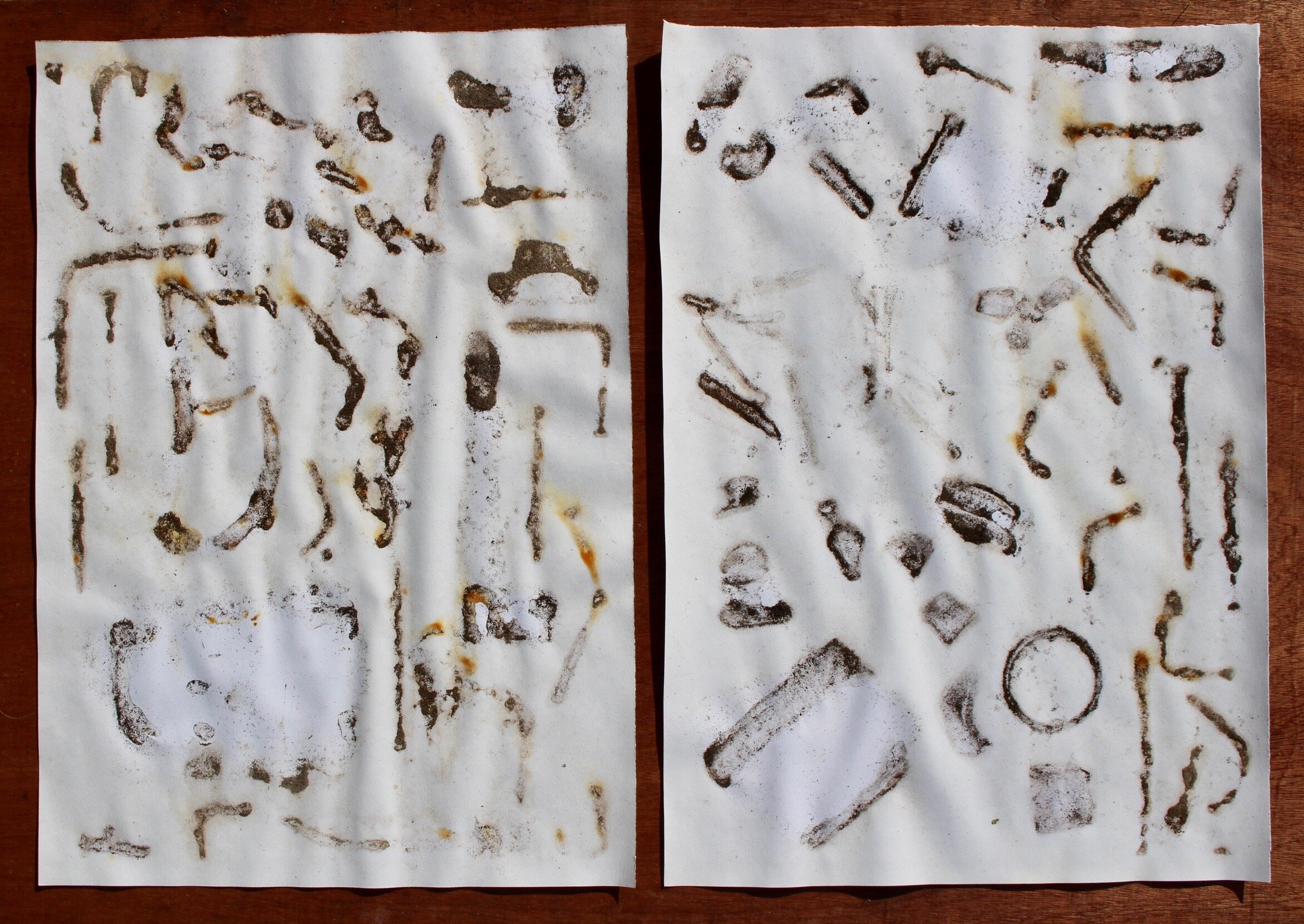

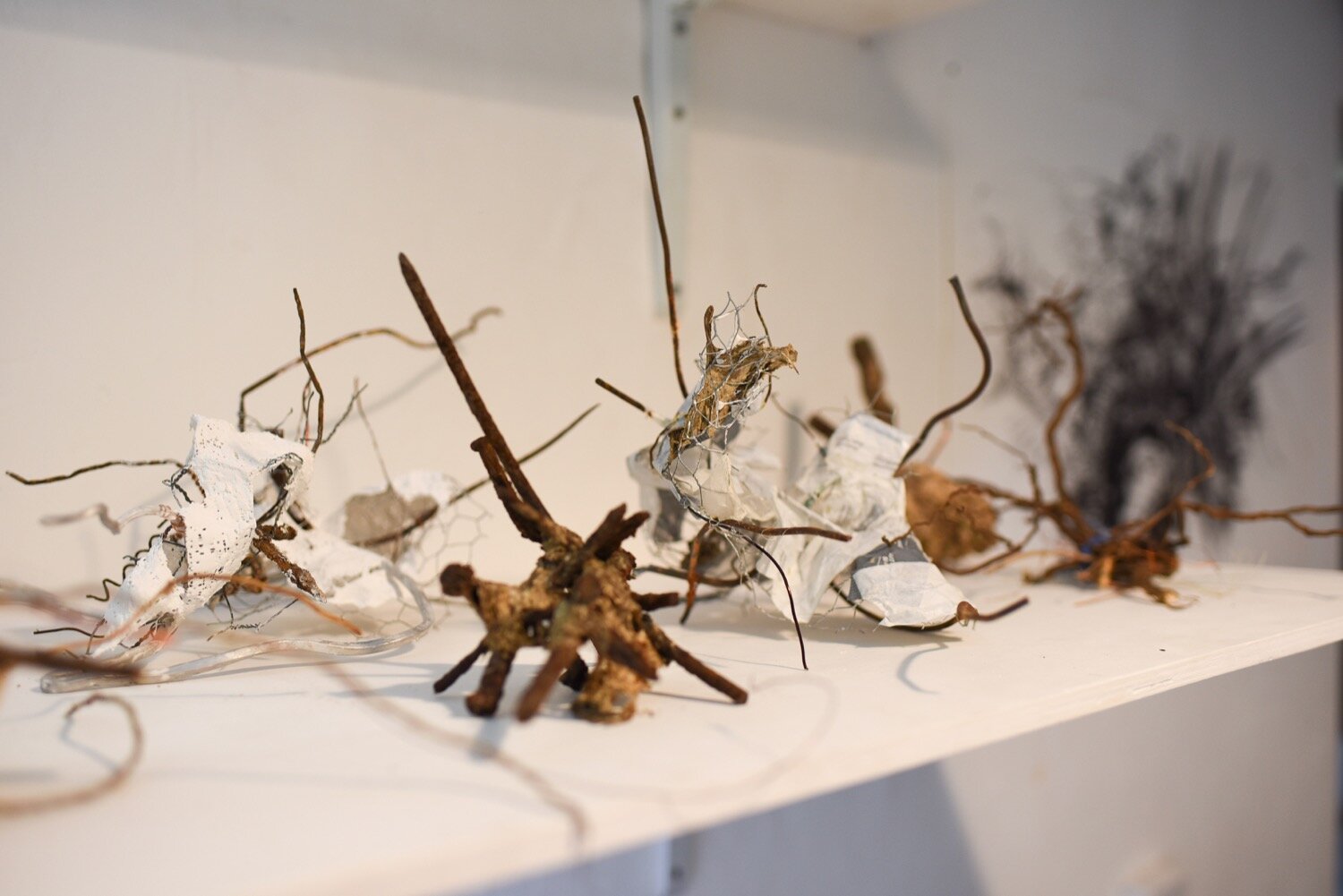
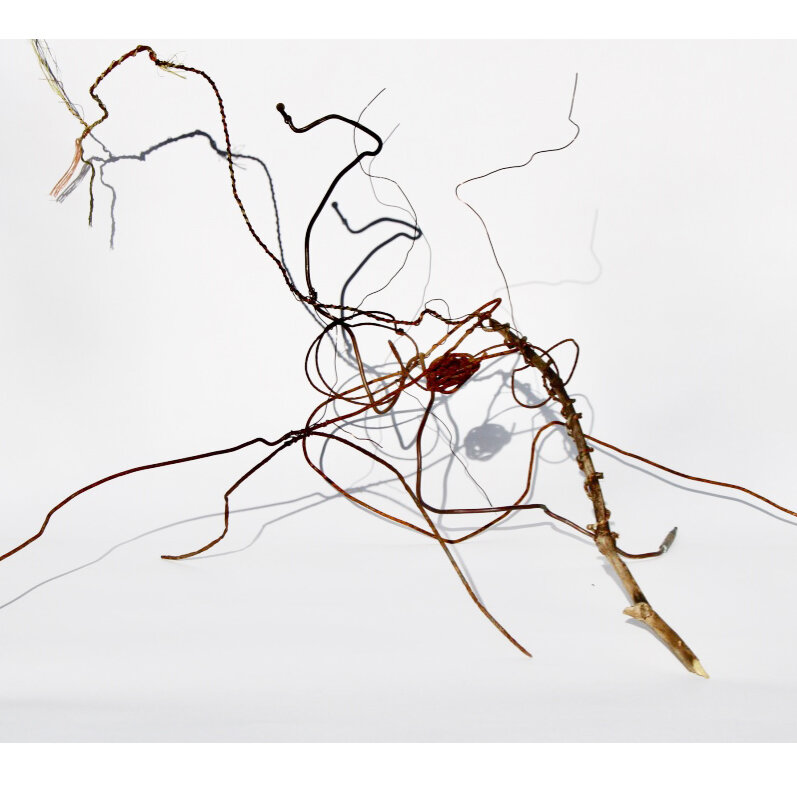

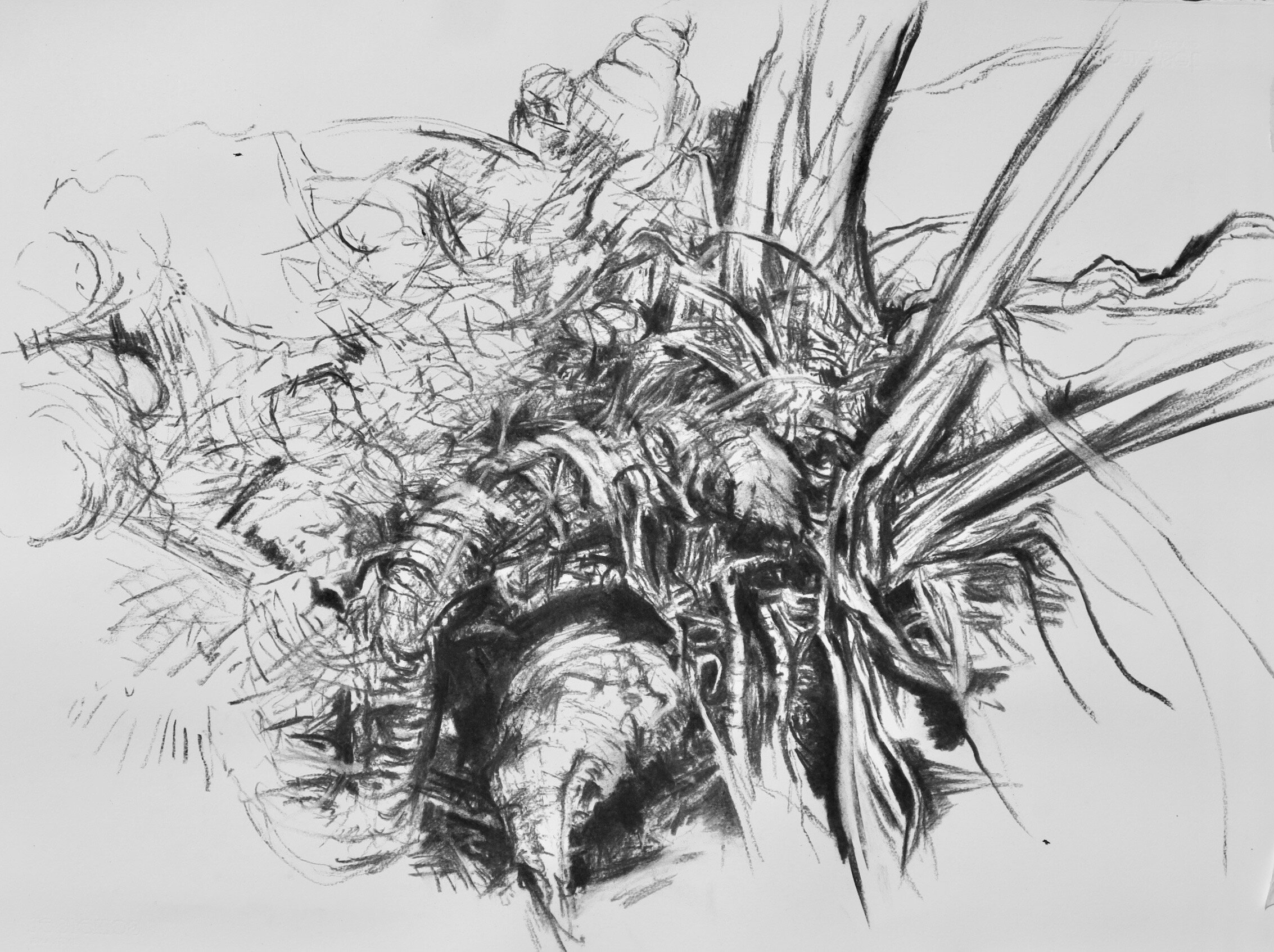
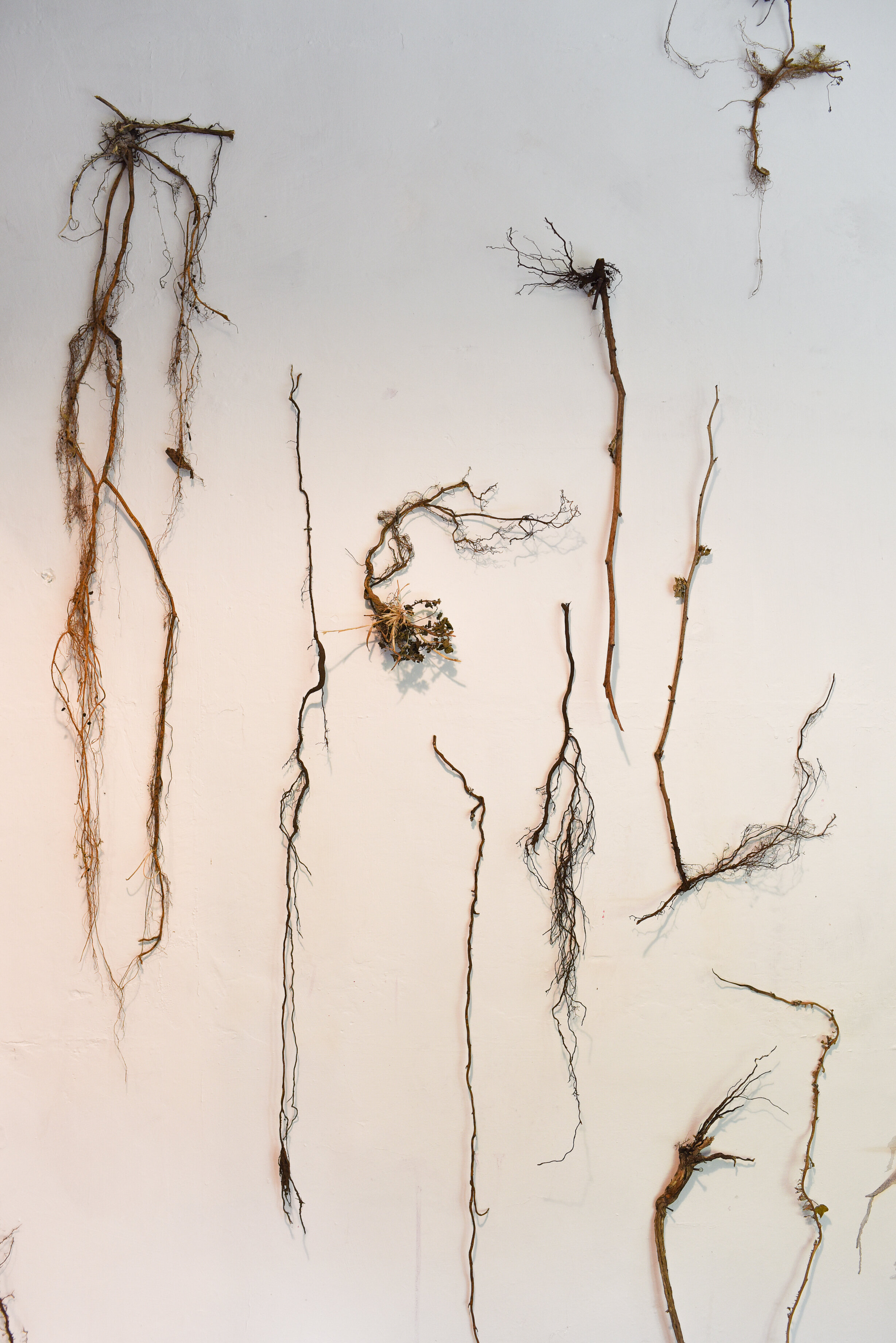
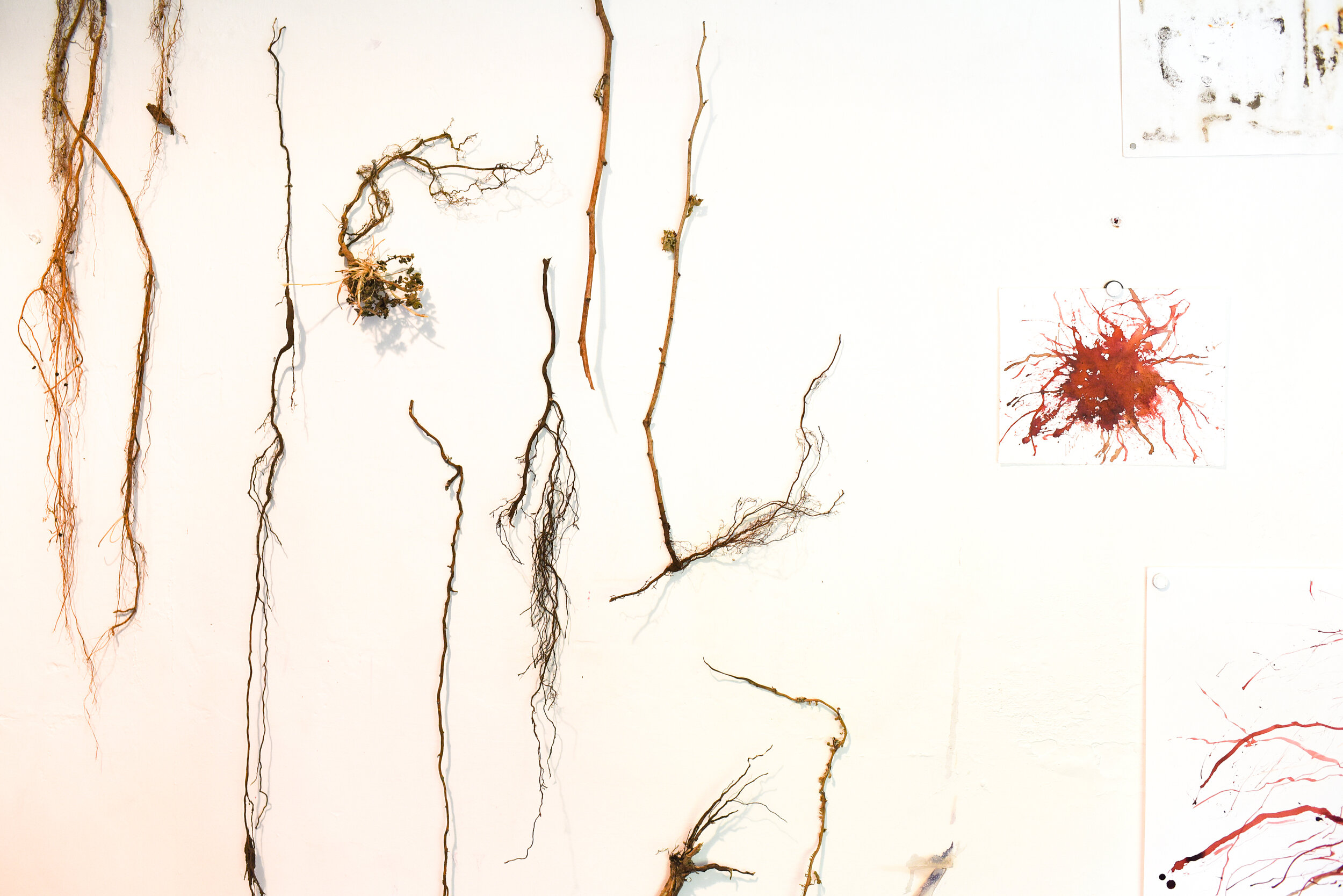

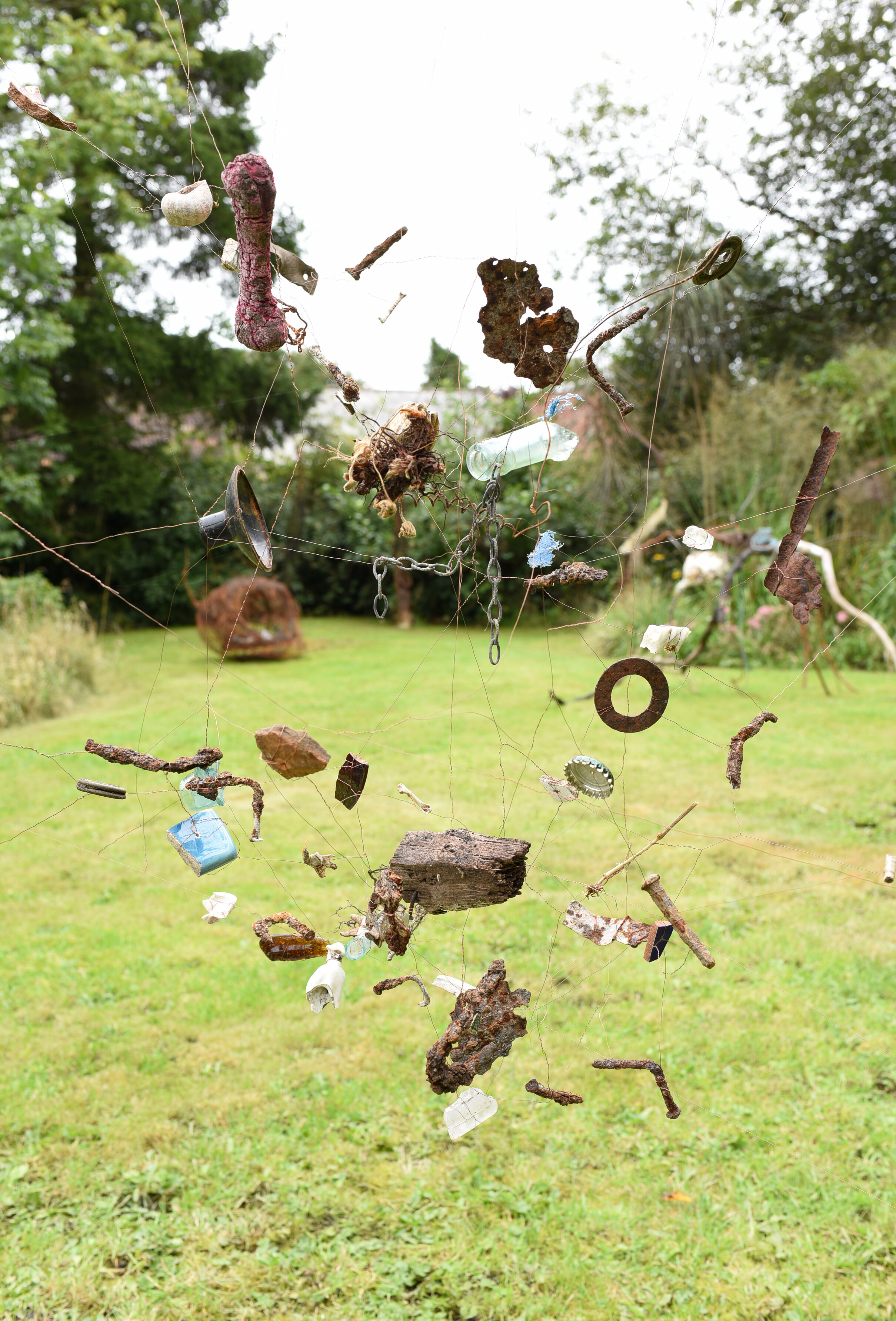
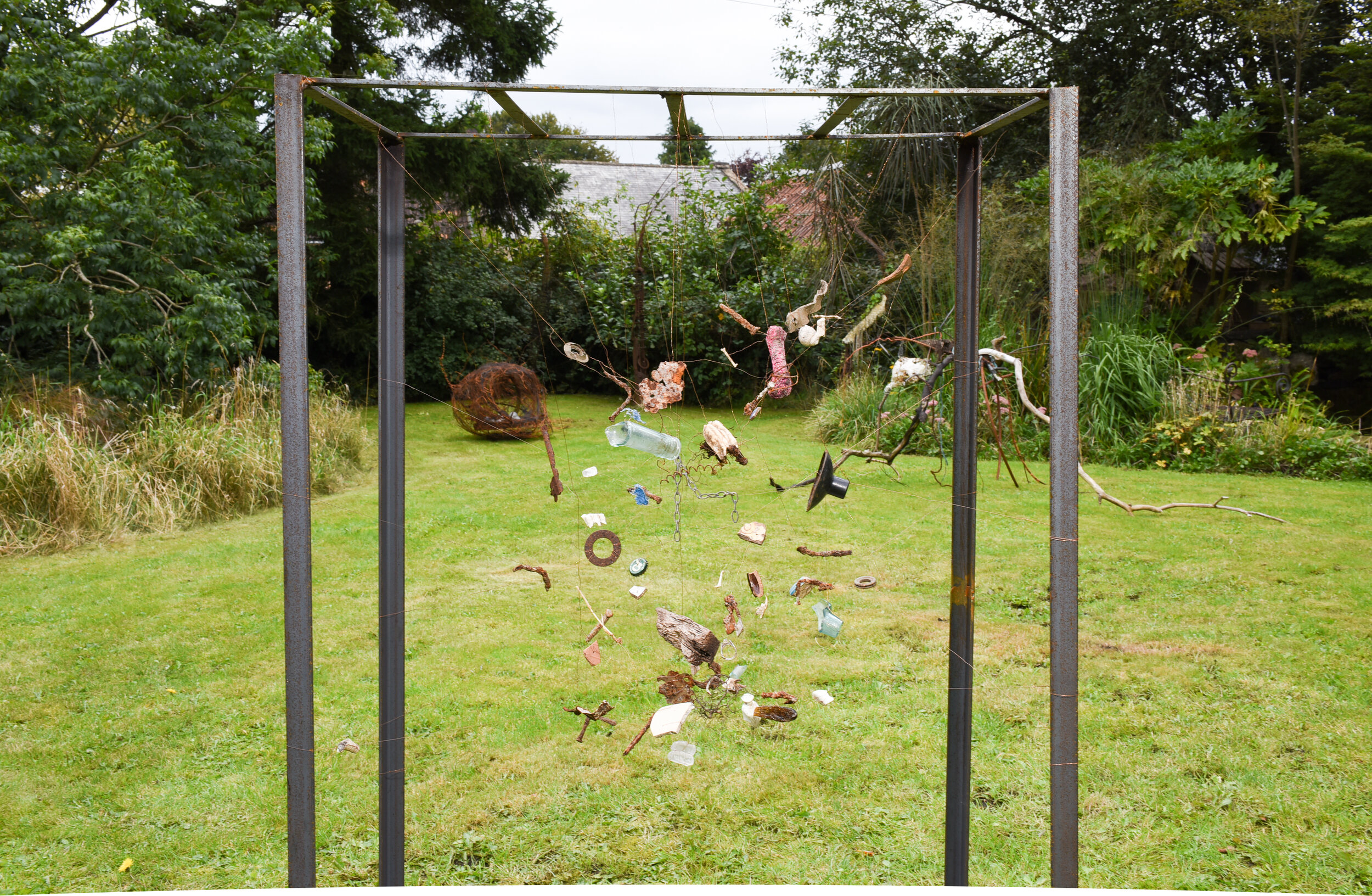
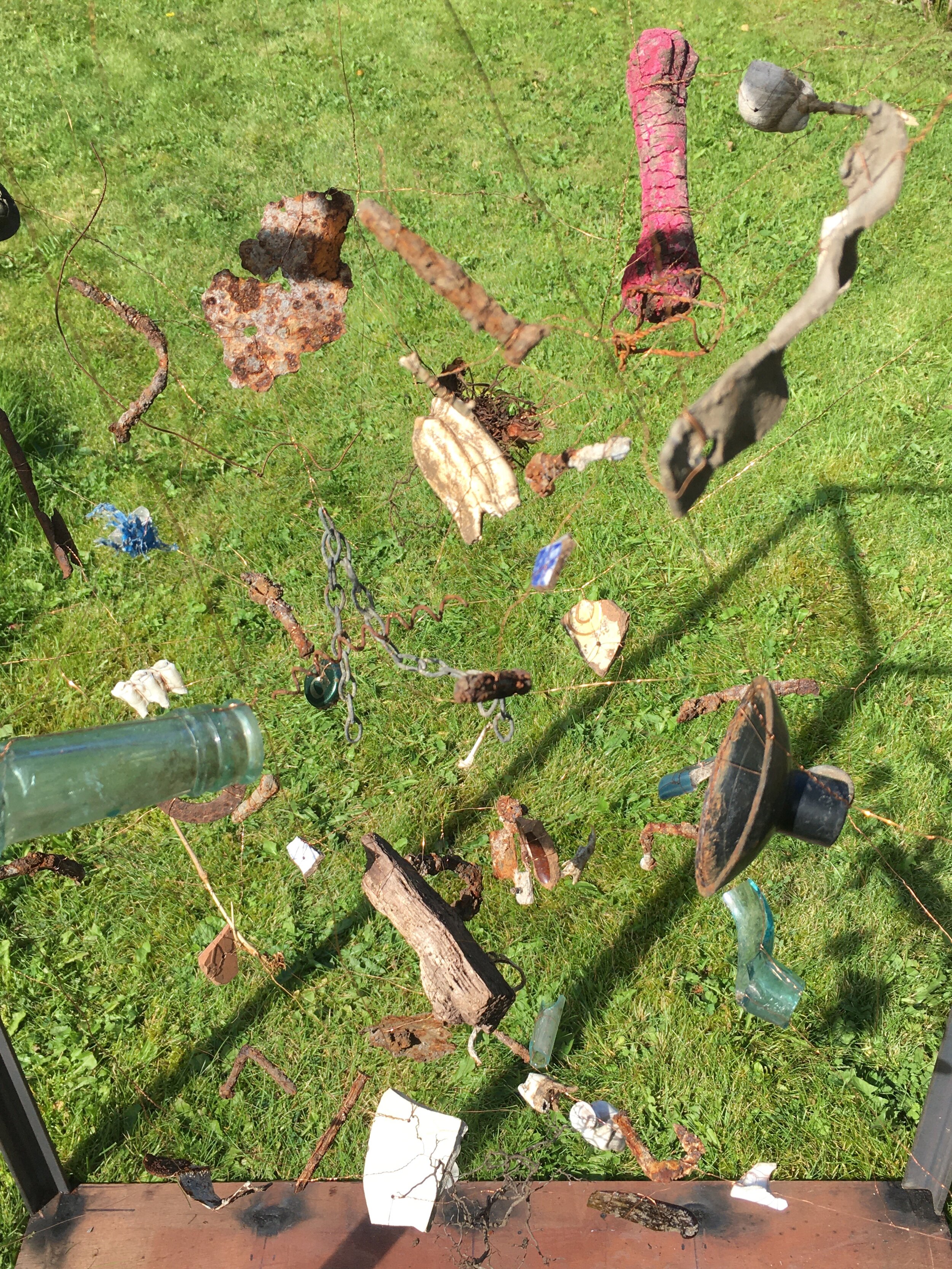

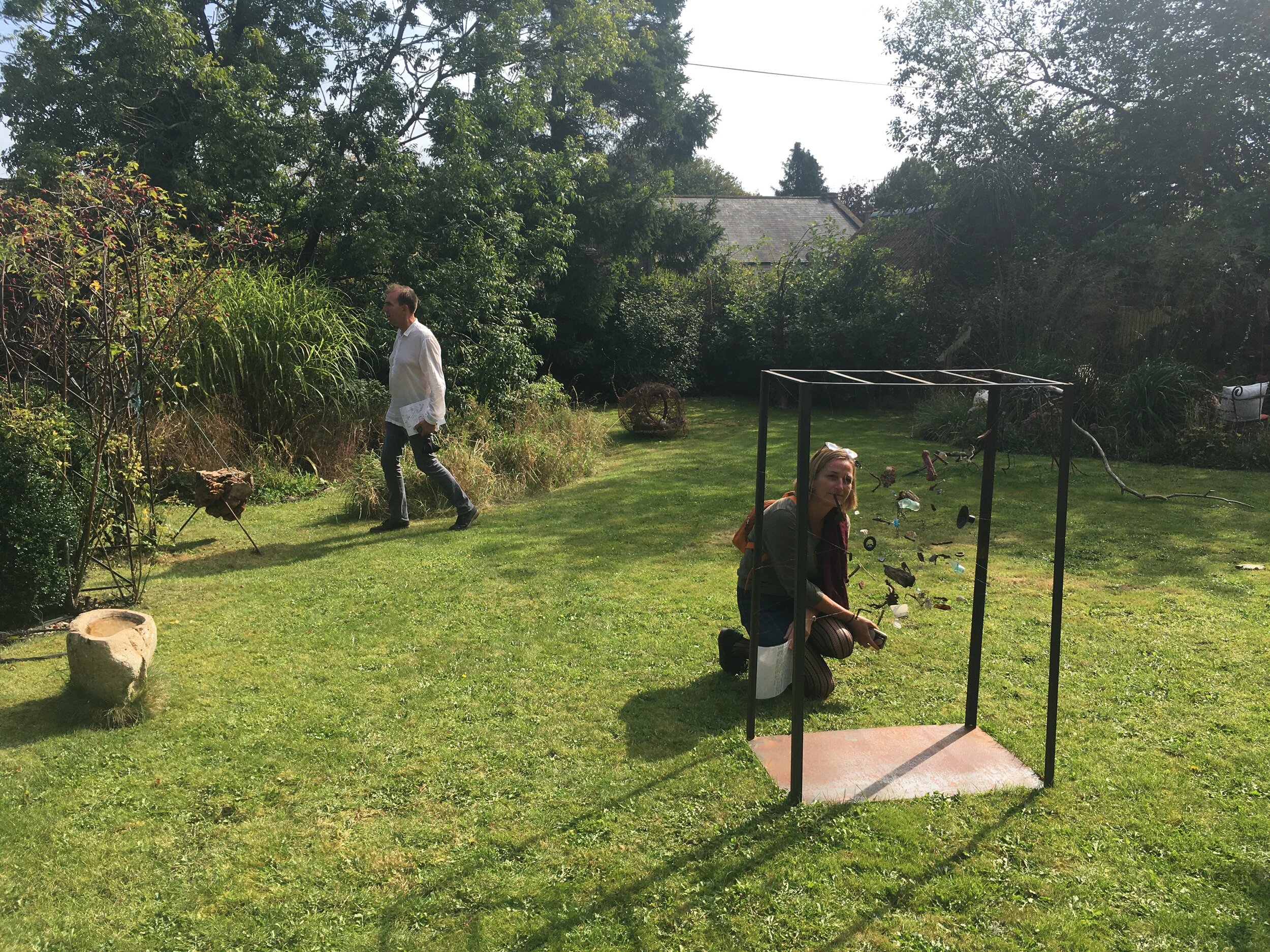

Digital Film - duration 10:33 mins
2020
Audio: The Healing, Sergey Cheremisinov
For many years Fiona Campbell’s practice has focused on sculptural installations. By contrast, she is very much at the beginning of her crossing into digital technology and film-making. Partly due to lockdown in 2020, she has broadened her practice to embrace technology, realising that film-making and sharing online was going to be critical to engage people. This film Life in the Undergrowth documents Fiona’s isolation project and represents her first serious experiments with film-making.
Made with the support of Arts Council England/National Lottery Emergency Response Fund, Richard Tomlinson and Jack Robson.
© Copyright Fiona Campbell. All rights reserved, 2021

Life in the Undergrowth is a project artist Fiona Campbell developed during lockdown as a new way of looking at the world. One of the outcomes is a short film (scroll to end) - Fiona’s first serious experiment with film-making and the result of a 5 month engagement with the nature in her garden.
About the project:
In isolation, I’ve experienced various forms of grief and joy. I began taking life at a slower pace, sowing veggie seeds, and mending things. Appreciating, observing and attending to nature seemed vital. My garden, until then somewhat neglected, became my world and route to wellbeing, providing a sense of peace and purpose. My lockdown project Life in the Undergrowth was inspired by small hidden worlds in the garden that often get overlooked. It became a circular process - garden feeding art and art feeding garden.
While resurrecting my veggie patch, a fascination with the entanglement of roots, worms and shoots in upturned turf led to experimental responses using to-hand materials and found objects. I drew the knotted clumps obsessively and worked through different processes. Dried duckweed from my pond, bleached by the sun, became paper; handmade tools from plant debris generated drawings and sculptural works evolved. I find something poignant and vital in these entangled knots - lines of interconnectedness, ‘critters entwined in myriad unfinished configurations…’ (Donna Haraway).
While digging the earth to make space for an outdoor studio bay, I found a glut of old rusty nails to use in my work. I sold my soil locally - creating a circular economy. Encounters between myself, garden as site and nature helped me form a stronger bond with all that comes and goes. Witnessing transformation, life and death, it has been emotional at times. Communing with small creatures, incidents happen, some wonderful, others very sad. The deep seclusion has allowed time and space to process, surrender to the moment, and create awkward objects through a gentle tacit dialogue.
During this time Fiona improved her digital skills, published several online creative workshops and launched an online 5 week sculpture course.
The project was supported by the Art Council England/National Lottery Emergency Response Fund.
Fiona’s Life in the Undergrowth project is showing alongside some of her other mixed media artworks during Somerset Open Studios, (19 Sept - 4 Oct): Venue 70, West Cranmore, BA4 4RH.
Visits by appointment T: 07515537224 or E: fionacampbell-art@sky.com
See also Instagram @life_intheundergrowth

khadi paper, roots, oil (left)
23 x 18cm
khadi paper, roots, wax (right)
31 x 16cm
2020

recycled steel, chicken wire, copper wire, filter papers, dried duckweed
25 (h) x 26 (w) x 27 (d) cm
2020

found materials: roots, plastic, twine, sisal, copper wire
35 (w) x 32 (d) x 20 (h) cm
2020

recycled and found wood, pondweed, paste, copper, steel
180 (w) x 110 (h) x 100 (d) cm
2020

Recycled and found materials: wood, copper, steel, pondweed
180 (w) x 110 (h) x (d) cm

found objects: giant molars, glass bottles, ceramics, old rusty nails, miscellaneous materials, steel
88 x 54 x 130cm
2020
The objects are attached to each other with fine copper wire, suspended on a steel structure. They were dug up from the earth in Fiona Campbell’s garden during lockdown. Each find has a story - some known, others a mystery.
Photo: Seamus Nicolson